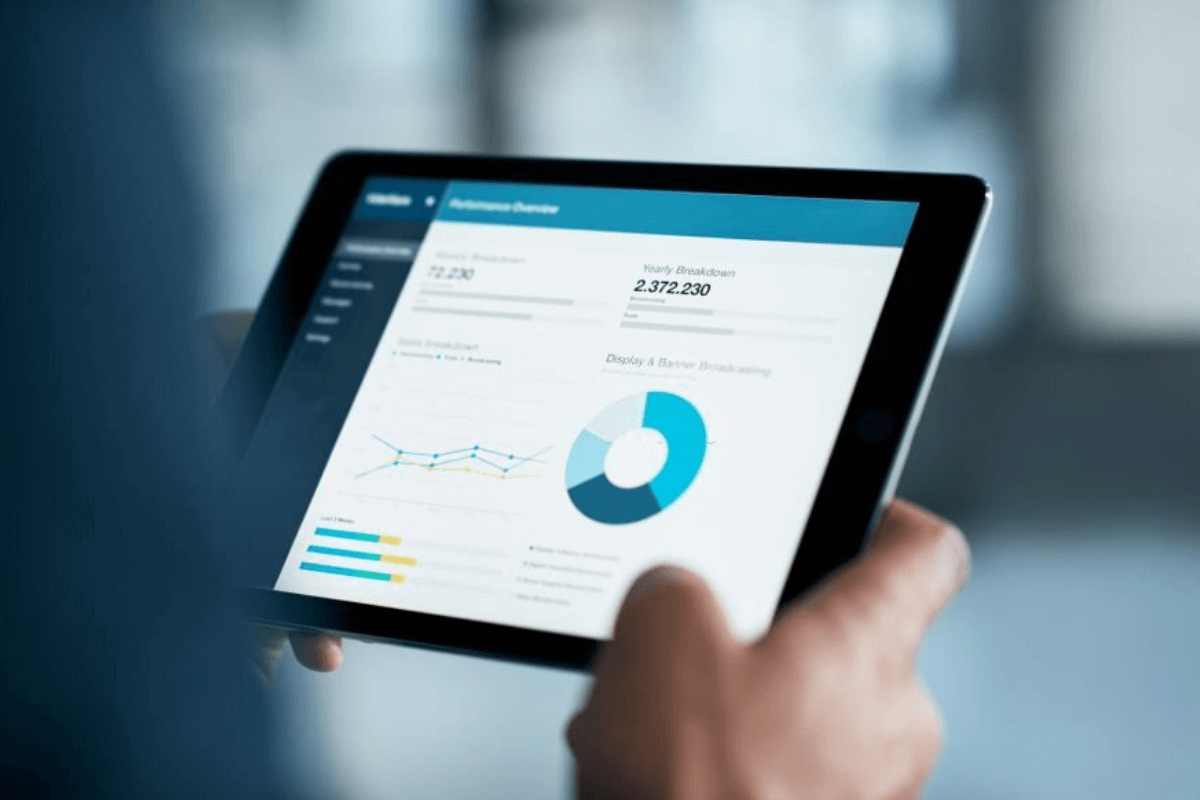Learn About Different Types of Web Analytics Platforms
Find out more about the top six types of web analytics tools. And how to determine which ones you truly require on this blog.
The rising popularity of web analytics tools proves that people trust them as they help resolve all types of queries related to customers and websites. The growing demand for them has led to the emergence of many options because of their specific benefits.
You may find it bewildering whether you should use one or multiple of them. After all, it's never easy to pinpoint that one tool will cover your needs. So, here is a quick look into some typical choices to avoid dealing with something that doesn't need your time and mind space.
Understanding what sorts of clients are coming to a site, why they are there, how long they are remaining, what they are tapping on, and the different subtleties of their visits is a fundamental piece of working on the experience and fortifying the business' general communications with its crowd.
For organizations moving into the advanced space from physical tasks, this cycle is significant. For associations established on the web and not having any actual retail facades, it is fundamental. To achieve these computerized disapproved of objectives, organizations need to outfit examinations for the web.
1. Content analytics
Media publication houses usually rely on these tools as they produce a bulk of content and need to track which one is working for them well. They need a proper system to measure the performance of every content piece. These tools can let you know the audience's consumption behavior and how they share it. You can use such insights to make your content more engaging and stimulating.
Content analytics is the demonstration of applying business knowledge (BI) and business examination (BA) practices to computerized content. Organizations utilize content investigation programming to give perceivability into how much satisfied that is being made, the idea of that substance and the way things are utilized.
An organization produces two kinds of content: organized and unstructured. Organized content lives in a data set. Unstructured substance can be tracked down all through the business. It tends to be text-based, as on account of messages, office reports and Web archives - - or non-message based, like voice, pictures or video.
Content investigation programming utilizes regular language questions, patterns examination, context oriented revelation and prescient examination to uncover examples and patterns across an organization's unstructured substance.
2. Customer analytics
Among different web analytics platforms, you may need this tool to understand your customer behavior in a more targeted way than what a general web analytics platform provides. After extracting details from your company's products, email, mobile, and website, these systems study and analyze customer data. You can trace their behavior in a segmented way to predict what works with your end-users and how you can cater to each distinct group.
Customer analytics is the interaction organizations use to catch and break down client information to go with better choices. Client examination frequently comes as a product that outfits organizations with bits of knowledge into their clients' ways of behaving. These bits of knowledge power organizations' business, advertising, and item advancement endeavors and studies show that organizations that utilization client examination are more productive.
3. UX analytics
Usability metrics give you an insight into the action of your users – their interaction with the page and different elements, such as videos, photos, text, etc. When you analyze data, you will know what features of your offerings are more acceptable and what needs more improvement. You can change your page or user interface per the data's learning for improvement.
UX analytics is the estimation and investigation of client action on a site or application that gives experiences into how its plan can be adjusted to meet the current or changing necessities of end clients. Estimation can be quantitative and additionally subjective.
4. Social media analytics
Social media marketing can be a highlight for your growing business. So it only makes sense to track analytics that accounts for social media metrics. Some tools help you analyze the social media performance of your posts, while others allow you to schedule or publish them as well.
Social media analytics examination is the capacity to accumulate and find significance in information assembled from social channels to help business choices — and measure the presentation of activities in view of those choices through virtual entertainment.
Social media analytics is more extensive than measurements like preferences, follows, retweets, sneak peaks, snaps, and impressions accumulated from individual channels. It additionally varies from announcing presented by administrations that help advertising efforts like LinkedIn or Google Analytics.
Social media analytics utilizes explicitly planned programming stages that work in much the same way to web search apparatuses. Information about catchphrases or subjects is recovered through search inquiries or web 'crawlers' that length channels. Sections of text are returned, stacked into a data set, sorted and examined to determine significant experiences.
Social media analytics incorporates the idea of social tuning in. Listening is checking social channels for issues and amazing open doors. Virtual entertainment investigation instruments regularly integrate tuning in into more extensive revealing that includes tuning in and execution examination.
5. SEO analytics
Dedicated SEO practices need to observe the outcome of their efforts. For this, a specialized SEO tool in your web analytics dashboard will come in handy. You can use the data to capture new keywords that promise higher traffic. At the same time, you can learn about sites linking back to your property. A healthy mix of backlinks can be good for your site’s Google ranking.
SEO analytics is characterized as a strategy for gathering and breaking down your information to acquire a superior comprehension of your site's natural presentation. A powerful SEO examination helps recognizing key regions to zero in on while upgrading your site for web crawlers. To dominate SEO examination and report on SEO information, use instruments like Google Analytics or Google Search Console.
One of the most worthwhile parts of running a SEO crusade is that you will create a lot of information to work with from now on. This information will empower you to pursue information driven choices and foster better techniques.
6. Product analytics
These platforms track apps or technological products than a website. Product development teams benefit by knowing which features most people use and how. If they notice any friction, they can tweak them to make them more palpable for the end-users. However, some tools also analyze website data in this context for a piece of better knowledge.
Adding too many tools to your kitty can be price-, effort-, and time-sensitive. So don't get tempted by everything. Prioritize them based on your needs and use. Usually, small businesses don't need more than a well-rounded general web analytics tool.

Subscribe & get all related Blog notification.





Post your comment